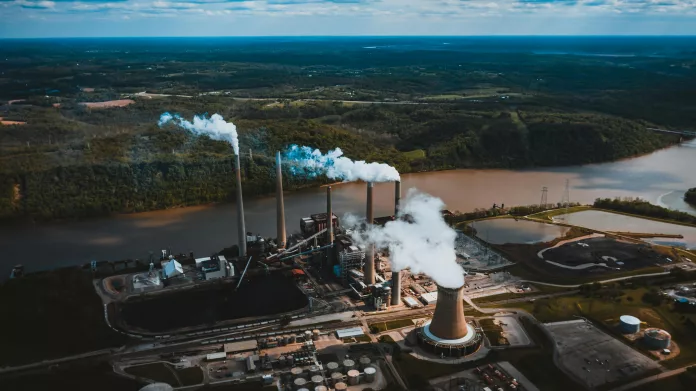Delving into the psyche of staunch fossil fuel advocates reveals alarming analogies, recently epitomized by Exxon CEO Darren Woods. In a stark declaration, Woods voiced a problematic sentiment:
“The dirty secret nobody talks about is how much all this is going to cost and who’s willing to pay for it. The people who are generating those emissions need to be aware of and pay the price for generating those emissions. That is ultimately how you solve the problem.”
This line of argument strikes a chord with tactics employed by major corporations aiming to shift blame for environmental damage. Emulating Big Tobacco’s strategy, this narrative casts corporations as parasitic entities, sidestepping their responsibilities and propagating a destructive business model at the cost of the environment and its inhabitants.
The “Crying Indian” and Corporate Diversion Tactics
The “victim-blaming” approach in environmental degradation is not new. It was famously depicted in the “Crying Indian” advert, part of the Keep America Beautiful campaign, established by the likes of the American Can Company and Owens-Illinois Glass Company. This program, reminiscent of public service ads of the 1950s and 1960s, aimed at spotlighting individual littering rather than manufacturing practices as the root of pollution.
The Keep America Beautiful initiative resisted government regulations that would impose costs on them, such as mandating the reuse of bottles, by perpetuating the narrative that environmental harm came from individual litterers, not corporate activities.
The Ad Council shifted the focus to the visible issue of litter, encouraging the perception that littering damaged the communal outdoor beauty and posed financial and health risks. It ingrained three critical points into public consciousness:
- Litter was on par with pollution.
- Littering choices were made by individuals rather than corporations.
- All individuals shared the blame equally.
The genius of the “Crying Indian” ads laid in their cost-free dissemination as public service announcements, disguising their true purpose. Few knew then that the actor wasn’t a Native American, but Italian immigrant Espera Oscar de Corti, known as Iron Eyes Cody in the movie industry.
Combating Misinformation and Bias in Electric Vehicle Critiques
Scrutinizing Allegations Against Electric Vehicles
Recent headlines have provocatively claimed electric vehicles (EVs) release more harmful emissions than their gas-powered counterparts. This narrative stems from a study by Emissions Analytics, which highlighted the fine particulate emissions from tire wear, purportedly 1800 times greater for EVs due to their heavier weight.
Whilst the emphasis on fine particulates raises valid health concerns, the insinuation that EVs are the sole contributors to this issue betrays a distorted view. Electric cars do generate more tire wear, but this doesn’t exempt conventional vehicles from similar scrutiny, as every vehicle’s tires wear down with use.
Fossil Fuel Risks Overlooked
Amidst heated discussions about EV battery safety, the prevalence of gasoline and methane-related fires receives comparably little attention. Despite causing numerous fatalities and posing significant environmental threats, these occurrences have become so routine that they seldom make the news.
Contrastingly, initiatives like the launch of MethaneSAT aim to address such issues by providing accurate methane leak data, thus presenting opportunities for effective environmental action. This starkly contrasts with the narrative that vilifies EVs without acknowledging the broader picture of vehicular and fossil fuel impacts.
Conclusion: Broadening the Perspective on Environmental Responsibility
To genuinely advance the debate on sustainable transportation, all aspects of EVs must be embraced, including their disadvantages. However, exclusively blaming EVs for issues like tire particulates is a disingenuous oversimplification.
Fair discussions demand acknowledging the totality of contributing factors to pollution and climate change, rather than cherry-picking data that serves narrow interests. In the pursuit of solutions, integrity and comprehensive dialogue are essential, anything less constitutes a disservice to the environmental cause.

























